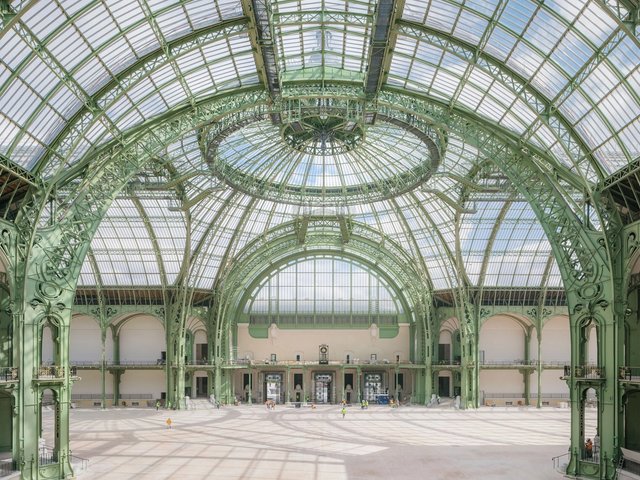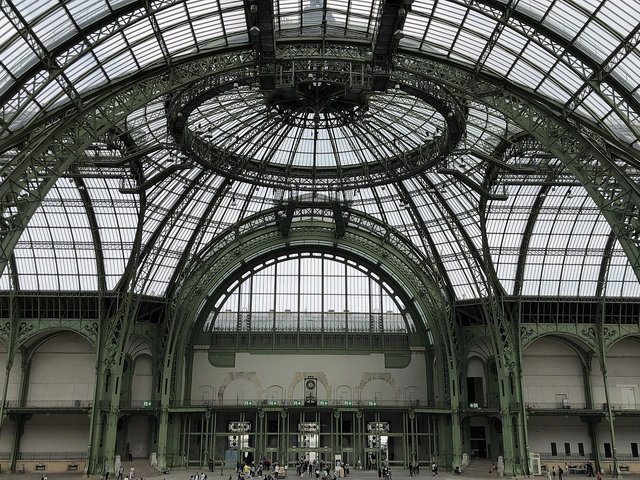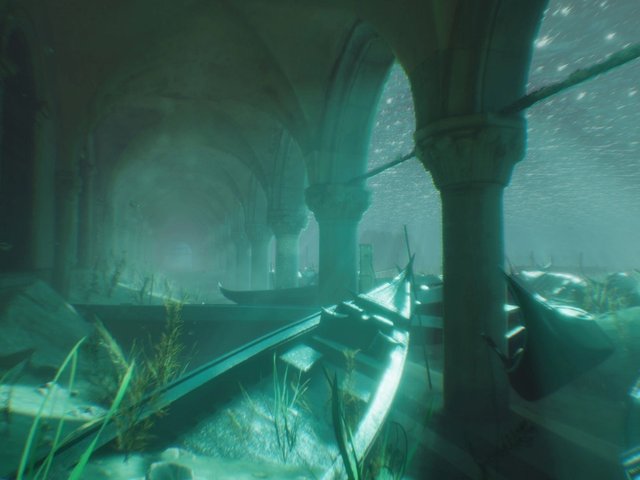The Grand Palais in Paris reopens to the public this week, following a €466m(£395m) four-year restoration led by Chatillon Architectes, marking the most significant transformation of the building since its inauguration in 1900. As part of a broader institutional partnership, the building will now serve as a temporary venue for the Centre Pompidou while the museum is closed, until 2030, for a major revamp.
“This is a pivotal moment,” François Chatillon, the lead architect on the project, tells The Art Newspaper. “We are seeing major institutions work together, share expertise, and adapt to changing public expectations.”
The Grand Palais’s central nave and surrounding galleries have been fully restored and reconfigured to accommodate the Pompidou’s large-scale exhibitions. “Flexibility was central to our initial plans,” Chatillon says. “The goal was to create modular and adaptable exhibition spaces without compromising the building’s architectural character.”
Modernising the Grand Palais required building upon the work of its original architectural pioneers. Designed originally for the Universal Exhibition of 1900, based on designs by the French architects Henri Deglane, Albert Louvet and Albert Thomas—all of whom were trained at the École des Beaux-Arts and selected through a national competition—the monument was unique for the way it blended Beaux-Arts style with modern materials like glass and steel.

The rotunda in the Palais d'Antin at the rear of the Grand Palais © Charly Broyez for Chatillon Architectes
In the 1960s, Pierre Vivien, a French architect known for his work on civic monuments, led the modernisation of the Grand Palais's northern wing, which had sustained significant structural damage during the Second World War. His interventions prioritised functionality and safety, aligning with the architectural sensibilities of the post-war era and paving the way for the building's continued public use.
But the Grand Palais had, over the decades, been blighted by safety issues, reduced public access and obstructed circulation. Chatillon Architectes approached the project not as a reinvention, but as a process of architectural “revelation”, he says, restoring original sightlines, spatial coherence, and opening new routes for the public.
The central axis from Square Jean Perrin to the Seine has been reinstated, forming what Chatillon calls a new “place centrale”—a public gathering space. Over 40 lifts and 30 staircases were added to improve visitor flow and ensure full accessibility. Interior walls were stripped back to reveal historic proportions and original details, while modern systems were integrated to meet environmental and curatorial demands.
The newly adapted galleries are designed to handle the technical requirements of contemporary art exhibitions, including advanced lighting systems and reinforced flooring for heavy installations. “The Centre Pompidou can now seamlessly integrate its identity and curatorial vision into the Grand Palais,” Chatillon says.

The south side of the Palais d'Antin at the rear of the Grand Palais © Charly Broyez for Chatillon Architectes
The reimagined Grand Palais now offers a broader cultural programme that includes not only Pompidou exhibitions, but also art fairs, fashion shows and public installations.
As the Pompidou prepares to vacate its Renzo Piano-designed headquarters for a multi-year renovation, the Grand Palais provides an opportunity to test a different institutional model: one that is collaborative and cross-disciplinary. Chatillon notes that the partnership marks a significant moment for Parisian cultural institutions, as it reflects a broader trend towards shared expertise and institutional adaptability. “This is a unique moment as the Grand Palais collaborates and connects with another icon of the city,” Chatillon says. “The Grand Palais is no longer an isolated monument; it forms part of a broader cultural context.”
The building’s connection to the French capital has also been prioritised. Gardens have been re-landscaped, over 60,000 plants have been installed, and rainwater harvesting has been introduced to support irrigation. A new pedestrian entrance and brasseries by the chefs Thierry Marx and Loulou align with efforts to more fully integrate the monument into the everyday life of the city.
The first phase of the reopening last year included major events such as the Paris Olympics and the fairs Paris Photo and Art Basel—both of which are due to return this autumn. Now, with Pompidou’s arrival, the next chapter of the Grand Palais begins.






